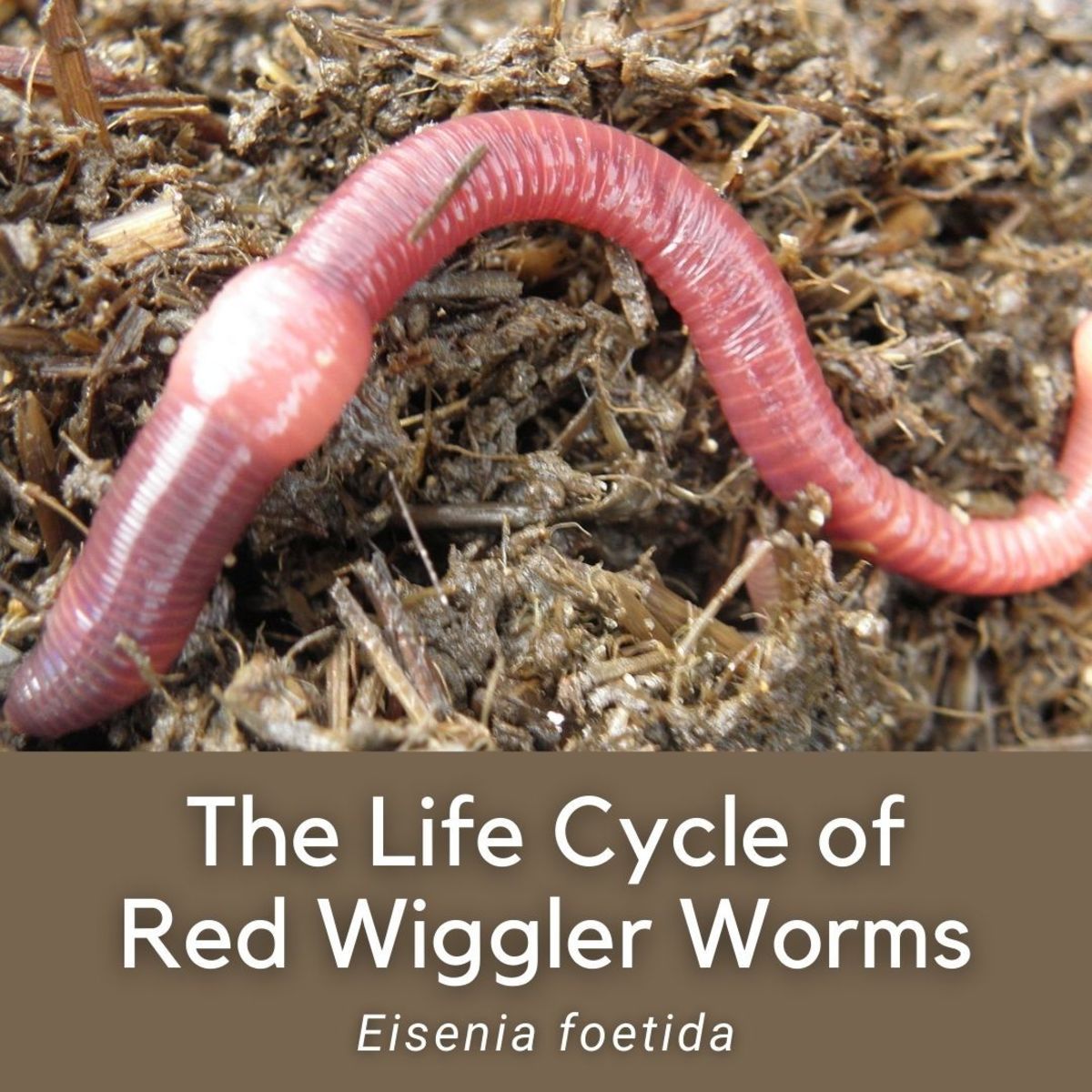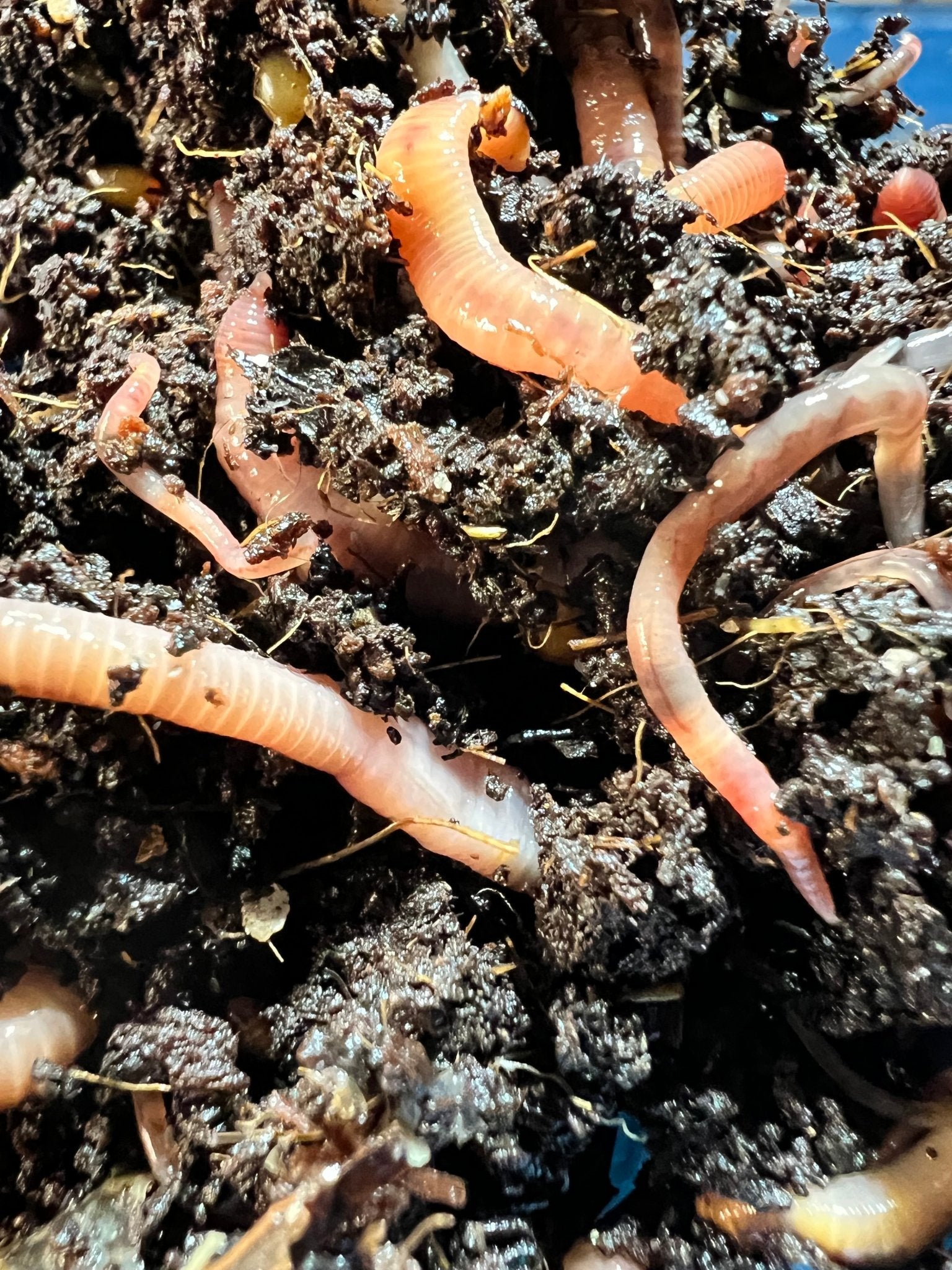Red Wiggler Worms - Efficient Decomposers for Your Garden Compost Container
Making The Most Of the Benefits of Red Wiggler Worms: A Comprehensive Guidebook for Home Gardeners and Urban Farmers
In the world of sustainable horticulture methods, red wiggler worms stand as unsung heroes, silently transforming natural waste right into nutrient-rich spreadings that can work wonders for dirt health and wellness. As home gardeners and city farmers significantly seek environmentally pleasant and economical means to enhance their yards, the possible benefits of harnessing the power of red wigglers can not be overemphasized. From lessening kitchen area waste to cultivating much healthier plants, the application of these modest creatures uses a variety of benefits. By checking out the intricacies of how to efficiently look after and optimize the advantages of red wiggler worms, individuals can unlock a wide range of opportunities for enhancing the sustainability and efficiency of their horticulture undertakings.
Understanding Red Wiggler Worms
Red Wiggler worms, renowned for their effective composting capacities, are a species of earthworms commonly made use of in vermiculture practices. These worms, clinically called Eisenia fetida, thrive in rotting natural product, making them perfect candidates for composting (Red Wiggler Worms). Red Wigglers are ravenous eaters, capable of consuming their very own weight in natural waste daily. Their digestion process breaks down raw material right into nutrient-rich castings, which are a useful source for enriching dirt and promoting plant growth.
One secret quality of Red Wiggler worms is their reproductive price. These hermaphroditic animals have both female and male reproductive body organs, allowing them to reproduce swiftly under beneficial conditions. A mature Red Wiggler can generate multiple spawn in a short period, guaranteeing a constant population within a composting system.

Establishing Up a Worm Bin
When developing a worm container for vermiculture purposes, correct prep work and focus to detail are necessary for producing a conducive setting for Red Wiggler worms. Begin by choosing a suitable container for your worm container.

Location the worm container in a cool, dark location away from direct sunshine and severe temperatures. On a regular basis check the moisture levels, adding water if the bedding really feels dry or half-cracked. Feed the worms a well balanced diet regimen of fruit and veggie scraps, avoiding citrus fruits, onions, and spicy foods. By following these steps, you can establish a flourishing worm bin that will effectively process natural waste right into nutrient-rich vermicompost for your yard.
Feeding and Maintaining Worms
Ensuring a well balanced and healthy diet regimen is important for the health and wellness and productivity of Red Wiggler worms in a vermiculture system. Red Wigglers are ravenous eaters, with the ability of consuming their very own body weight in raw material daily. To keep a flourishing worm dig this population, it is essential to give them with a range of food scraps such as fruit and vegetable peels, coffee premises, tea bags, and crushed eggshells. However, it is essential to prevent feeding them citrus fruits, onions, garlic, dairy items, meat, and oily foods as these can be damaging to the worms or cause undesirable smells in the bin.
Correct dampness degrees are additionally crucial for the well-being of Red Wiggler worms. By vigilantly monitoring their diet plan, wetness, and environmental conditions, home garden enthusiasts and metropolitan farmers can maintain a healthy and efficient Red Wiggler worm population for composting functions.
Collecting Worm Castings
To effectively extract nutrient-rich worm spreadings from the vermicompost, a methodical harvesting procedure is necessary for optimizing the composting benefits. The initial step in harvesting worm spreadings is to encourage the worms to move to one side of the bin.
After the castings have actually been harvested, it is necessary to divide any continuing to be worms from the castings to stay clear of hurting them throughout storage or application. One reliable method is to develop conical piles of castings under intense light. Worms will naturally relocate away from the light, permitting easy separation and elimination.
Finally, the harvested worm spreadings need to be kept in a cool, dark, and dry area to maintain their high quality and effectiveness as a nutrient-rich soil modification. By complying with these actions, home gardeners and urban farmers can maximize the advantages of red wiggler worms in their vermicomposting systems.
Making Use Of Worm Castings in Gardening
The unification of nutrient-rich worm castings into yard dirt can significantly improve plant development and overall soil health and wellness. Worm spreadings, also called vermicast, are an all-natural plant food produced by red wiggler worms as they damage down raw material. These castings are rich in important nutrients like nitrogen, phosphorus, potassium, check this site out and beneficial microorganisms that advertise plant development and improve dirt structure.
When making use of worm castings in gardening, it is important to mix them extensively into the dirt or utilize them as a top dressing around plants. The slow-release nature of worm spreadings makes certain a steady supply of nutrients to plants over time, reducing the risk of nutrient leaching and advertising lasting dirt fertility. Furthermore, worm castings help improve dirt oygenation, water retention, and microbial task, producing a healthy and balanced setting for plant origins to grow.

Final Thought
In final thought, the application of red wiggler worms in home gardening and metropolitan farming can substantially benefit dirt wellness and plant growth. By comprehending just how to establish up and maintain a worm container, feed the worms effectively, and harvest their nutrient-rich castings, garden enthusiasts can make best use of the benefits of these earthworms. Incorporating worm castings right into horticulture methods can boost dirt fertility and general plant efficiency. Overall, red wiggler worms offer a lasting and reliable remedy for enhancing garden and farm yields.
In the realm of sustainable horticulture techniques, red wiggler worms stand as unhonored heroes, silently transforming organic waste right into nutrient-rich castings that can function marvels for soil health and wellness.When developing a worm container for vermiculture functions, appropriate preparation and attention to information are important for creating a helpful atmosphere for Red Wiggler worms. The first action in collecting worm spreadings is to urge the worms to move to one side of the bin. Worm castings, also understood as vermicast, are a natural plant food generated by red wiggler worms as they break down organic issue. By comprehending exactly how to set up and keep a worm container, feed the worms appropriately, and harvest their nutrient-rich castings, gardeners can optimize the advantages of these earthworms.